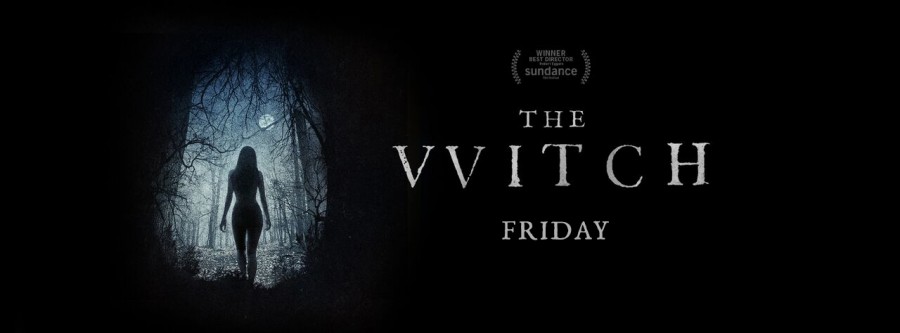‘The Witch’ Delivers as a Folktale and Horror Flick
“The Witch,” a film directed by Robert Eggers, opens in theaters this Friday, February 19.
February 18, 2016
It would seem that oral folklore — stories whispered around a fire or passed down through generations — has become a thing of the past. We no longer use myths or ballads to warn children against dangers because we have “Goosebumps” and “Degrassi” to do the admonishing. Television and film have become our preferred teaching platform. Entertainment and education have a complicated relationship most saliently exemplified today in the horror genre. Writer-director Robert Eggers attempts to rediscover the original objectives of folktales through his highly anticipated horror film “The Witch.”
Set in 1630, the film is an observational study of a Puritan family after they are banished from their New England settlement. Sent away to live at the edge of the forest, they are forced to start anew, completely in isolation. When their crops fail and their newborn son mysteriously disappears, it quickly becomes clear that the foreboding wilderness is the least of their problems. Paranoia induced by solitude sets in, which is only intensified by their devout Christian lifestyle and demonic new neighbor. The film is subtly subversive and takes things mostly regarded as familiar and safe — nature and kin — and estranges them.
Eggers weaves a folktale worthy of the Grimm Brothers, successfully breathing new life into the classic fable trope. By including certain details like a black goat, rotten crops and a stolen, yet to be baptized infant, the film embraces and acknowledges its ‘witch hunt’ predecessors while feeling fresh on its own. The result is an empathetic nightmare, no longer contained in the world of the Puritans of the 1600s.
The performances in the film successfully support the complex parable. “Game of Thrones” alumni Ralph Ineson and Kate Dickie provide the much needed foundation as the well-intentioned parents of the folktale. Ineson and Dickie both display an impressive depth of character, while still leaving more than enough space for the children to shine. All four children deserve praise for their mature acting, particularly during a heart-pounding demonic possession scene. However the real powerhouse of the film is newcomer Anya Taylor-Joy as the eldest daughter, Thomasin. When the family members begin to turn on each other, it is Taylor-Joy who arouses the most suspicion while managing to maintain the viewer’s concern and support. Throughout the tale, each character is forced to rethink what they believe to be truth, and all involved artfully handle their collective descent into paranoia.
At only 90 minutes long, “The Witch” at times feels less like a feature and more like a fable meant to frighten audiences into behaving. Already equal parts provocative and haunting, the film gained increased attention when the Satanic Temple endorsed the film and hosted several screenings. While “The Witch” does explore contemporary religious studies and satanic practices, it is important to keep in mind the origins and potential modern application of folktales. An education via horror film provides a fresh take on contemporary cultural nightmares.
Email Sydney Rappis at [email protected].


























































































































































